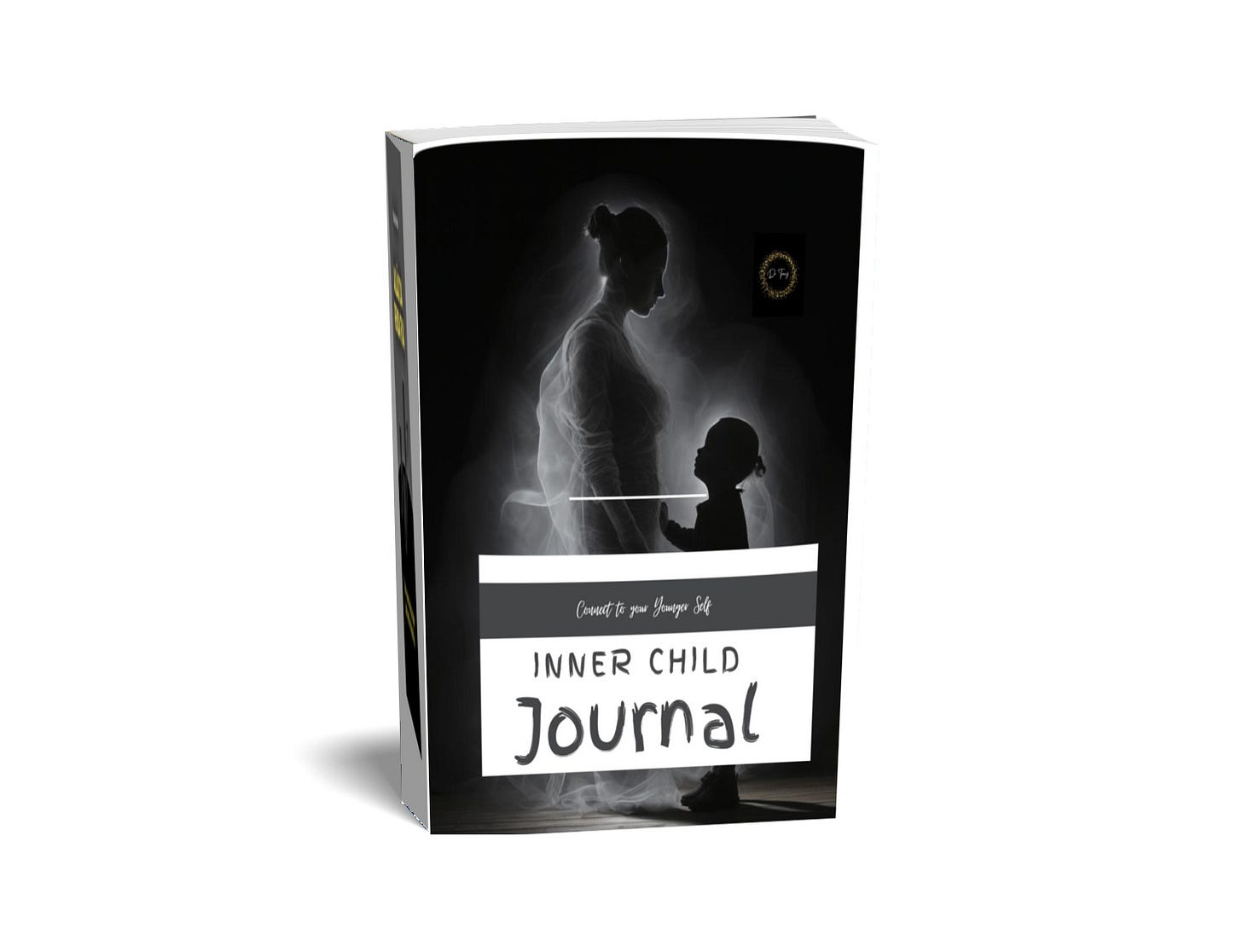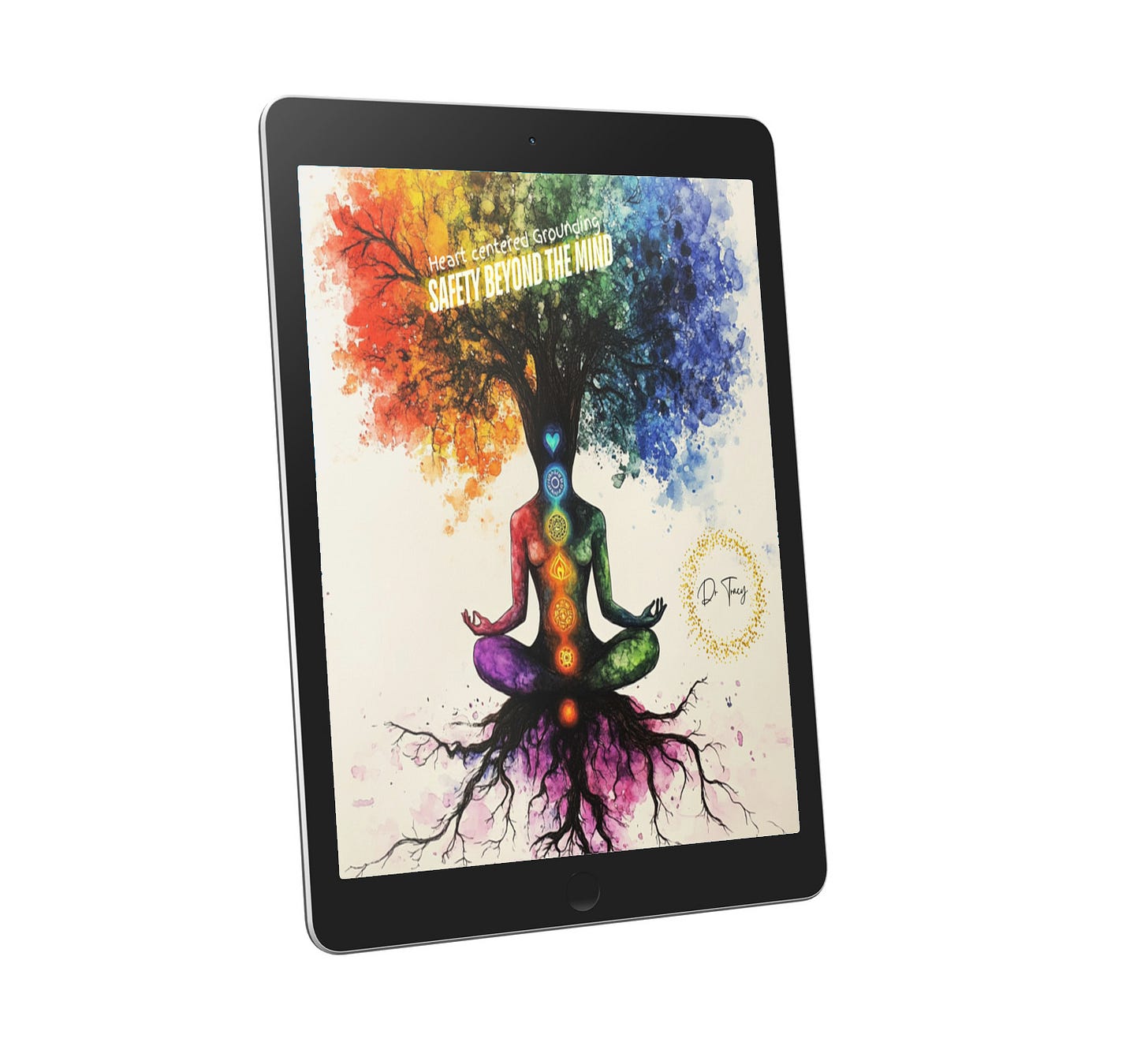Internal Family Systems and Attachment Styles
Understanding Your Internal Parts in Real Life
Exploring the inner mind: a glowing map of exiles, managers, and firefighters, showing the complexity of our internal parts and how they shape our emotions, choices, and attachment patterns
We carry within us a whole world of voices, feelings, and impulses, some of which feel harmonious, and others chaotic, almost like siblings in a constantly shifting household. Internal Family Systems (IFS) is a therapy approach that gives us a framework to understand these internal parts, the sub-personalities that influence our decisions, behaviours, and emotional responses without judgment. When we pair IFS with attachment theory, it becomes a powerful lens to see how early relational experiences shape not only how we relate to others but also how our inner parts interact with each other.
In my work with clients, I often see these dynamics play out vividly: one person may be chronically anxious in relationships, while another has an invisible part that shuts down completely the moment intimacy is demanded. Understanding how these internal parts interact can be life-changing, because attachment wounds rarely stay external, they live inside us, quietly influencing our emotions and behaviours.
What is Internal Family Systems?
IFS, developed by Richard Schwartz, conceptualises the mind as made up of multiple parts, each with its own thoughts, emotions, and intentions. These parts are not pathological, they are trying to protect us, but they can become polarised, conflicting with one another in ways that make relationships feel overwhelming.
Exiles: Vulnerable, hurt, or scared parts that hold early relational trauma. For example, a client whose first experience of abandonment left them feeling unworthy may carry an exile that constantly whispers, “You’re not enough.”
Managers: Protective parts that try to control or anticipate danger. A manager might appear as a perfectionist, constantly planning to avoid rejection, or as someone hyper-vigilant about a partner’s moods to prevent being hurt.
Firefighters: Reactive parts that engage when exiles’ pain surfaces. In therapy, a client might binge, yell, shut down, or seek reassurance when triggered emotionally, these are firefighters acting out in a desperate attempt to soothe pain.
How Attachment Styles Appear in Clients’ Internal Systems
Secure Attachment
Internal Pattern: Clients with secure attachment usually have exiles that are acknowledged and contained, managers that are supportive rather than controlling, and firefighters that emerge only briefly in times of stress.
Example in Therapy: A secure client might describe feeling hurt when a partner is distant but quickly reflects, “I noticed my chest tightens, my manager part starts rehearsing what I’ll say, but I can also stay present and check in calmly.” Their parts are cooperative, and their inner dialogue allows for emotional regulation.
Anxious Attachment
Internal Pattern: Exiles carry fear of abandonment or being unloved. Managers are hyper-vigilant, often creating mental loops of overthinking. Firefighters emerge as panic, clinging behaviours, or verbal outbursts to prevent perceived emotional loss.
Example in Therapy: A client may report lying awake at night, replaying every text and imagined slight, as an anxious manager part tries to predict partner behaviour. Suddenly, the firefighter part takes over, prompting them to call repeatedly, check social media obsessively, or send emotionally charged messages. The internal conflict feels like chaos: part of them wants closeness, another part feels terrified of rejection, and a third part tries desperately to manage both impulses.
Avoidant Attachment
Internal Pattern: Exiles often carry fear of engulfment or vulnerability. Managers are controlling, aiming to keep distance, and firefighters may emerge as emotional withdrawal or cold detachment.
Example in Therapy: A client might describe feeling trapped during a partner’s emotional disclosure. Their manager part says, “I need space, don’t react,” while the exile quietly fears being emotionally overwhelmed. When the pain becomes too intense, the firefighter part may shut down completely, leaving the partner feeling abandoned. They may say things like, “I felt nothing; I just went numb,” masking the deeper emotional processing happening inside.
Disorganised Attachment
Internal Pattern: Chaotic interplay of exiles, managers, and firefighters. The client may simultaneously crave intimacy and fear it, swinging unpredictably between hypervigilance and withdrawal.
Example in Therapy: A client may describe wanting to text their partner obsessively (an anxious manager protecting an exile), then pulling away suddenly or giving a cold response when the partner reaches out (firefighter activation). Their internal system feels like a tug-of-war, and the external relationship mirrors that instability. These clients often report feeling “split” inside, torn between desire and fear.
What This Looks Like in Everyday Relationships
IFS allows us to translate these internal dynamics into relational behaviour. Here’s how it often plays out in clients I’ve worked with:
Anxious clients might interpret benign pauses in texting as rejection, triggering their anxious manager to overthink and their firefighter to seek reassurance compulsively.
Avoidant clients may respond to emotional intimacy with distance or sarcasm, as their manager part tries to suppress their fear of engulfment, leaving the partner confused or frustrated.
Disorganised clients often mirror childhood relational trauma, alternating between clinginess and detachment, leaving both themselves and their partner emotionally exhausted.
Secure clients are usually able to notice when internal parts are triggered, pause, and choose a response aligned with their core self rather than reactive behaviours.
In therapy, we might work to identify these internal parts, help clients hear their exiles with compassion, and develop managers that support rather than dominate. Firefighters are soothed through awareness and internal dialogue, allowing clients to respond in relationships from a place of presence, rather than old attachment fears.
Accessing Your Core Self in IFS
One of the most transformative insights of Internal Family Systems (IFS) is that your core self, the calm, compassionate, wise, and grounded essence of who you are, is always present. Even when internal parts are activated, reacting to past wounds or relational fears, the self remains as an unshakable inner anchor. It’s not something you earn or achieve; it’s the foundation you already carry.
IFS teaches that our minds are like a family: each part has a role, often developed in response to early attachment experiences. Exiles hold the pain of past abandonment, managers try to control outcomes and prevent harm, and firefighters react to protect us when pain breaks through. These parts may seem overwhelming or even in conflict, especially in relationships. But beneath it all, the self is always there observing, compassionate, and whole.
What the Core Self Looks Like in Daily Life
In practical terms, clients often describe the core self in IFS as a quiet inner presence that can be accessed when they pause, breathe, and observe their reactions. It doesn’t erase the emotions of the parts, but it offers a wise and stabilising perspective:
A client with anxious attachment might feel panicked when their partner doesn’t respond immediately. The self can notice the panic without being consumed by it, offering reassurance: “I see this part of me is anxious, but I am still safe. I can respond thoughtfully instead of reacting impulsively.”
A client with avoidant attachment may feel the urge to withdraw during emotional conversations. The self allows them to notice the fear of vulnerability and choose to stay present, acknowledging their parts without letting fear dictate behaviour.
A client with disorganised attachment may feel pulled in opposing directions—wanting closeness but fearing it. The self acts as a steady centre, providing a grounded perspective that both feelings can exist simultaneously without acting destructively.
The self doesn’t compete with the parts; it listens. It recognises their intentions and offers a safe, compassionate container for the parts’ voices. The beauty is that, even when a part dominates and triggers old attachment patterns, the core self remains intact, available, and grounded, ready to guide choices from presence rather than fear.
The Self as the Source of Healing and Secure Attachment
In IFS, healing attachment wounds isn’t about eliminating parts but relating to them from self. The self allows exiles to feel heard, managers to relax their overprotective control, and firefighters to release reactive behaviours safely. This is how the core self fosters secure attachment internally:
It provides emotional regulation, helping a person respond to their partner from clarity rather than old patterns.
It supports boundary-setting with compassion, allowing the person to maintain self-respect while navigating challenging dynamics.
It encourages integration of past attachment wounds, so reactions in relationships are informed by awareness, not automatic survival strategies.
For clients, this often looks like a shift in perspective: moments that previously triggered fear, withdrawal, or anxiety now allow for pause, observation, and thoughtful choice. The self doesn’t eliminate the pain of betrayal, abandonment, or relational stress, but it provides the inner stability to navigate it without reactivating old attachment trauma.
A Personal Reflection
In my own work and life, I’ve seen the power of this self-led presence. Even in the wake of betrayal or relational chaos, I’ve learned to notice the parts that are activated: the anxious, fearful, or protective voices and return to my self. It is always there, a steady, compassionate observer, reminding me that I am not my fears, I am not my reactions, and I am not defined by the betrayals or emotional wounds that arise.
Accessing the self is like finding your anchor in the storm. It allows you to respond from wisdom rather than reactivity, to act with clarity rather than fear, and to cultivate relationships that are grounded in emotional availability and trust.
And as if by magic… when we consistently return to our self, we realise that our core presence has always been there, waiting beneath the noise of our parts, ready to guide us toward healing, emotional security, and authentic connection.
Paid subscribers can gain access to the Return to Self Toolkit, at the end of this article.
Reparent your Inner Child
Click the image below to download a self-print
Inner Child Journal for £3.99
.
If you don’t want a regular commitment but would like to contribute to me helping others then click below to buy me a coffee!
I recently spoke about the importance of learning to work with your nervous system, which includes grounding, on UK Health Radio - click the image below to listen.
If you feel you want to try some meditations to help you reconnect with your body which can really help when trying to set boundaries, as you can learn to feel when something does and does not serve you. Click the images below to find out about the specific focus of each. All my meditations use healing frequencies, subliminal messages and binaural beats to enhance recovery - if these terms feel meaningless click, the images to find out more.
For media enquiries please see my press page







